Tim Dyson: Night Vision Photography
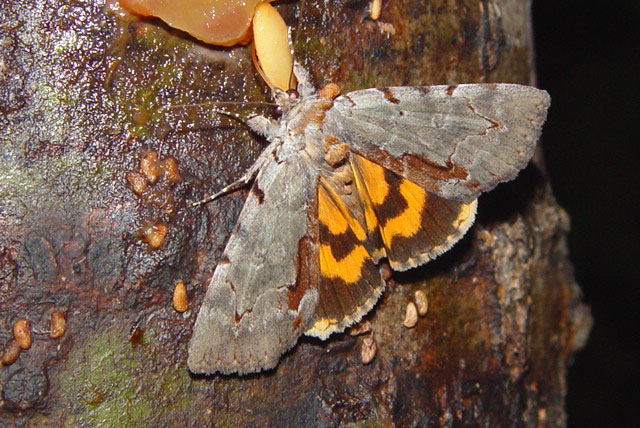
Catocala grynea, Peterborough, Ontario, courtesy of Tim Dyson, copyright.

Catocala grynea, Peterborough, Ontario, courtesy of Tim Dyson, copyright.
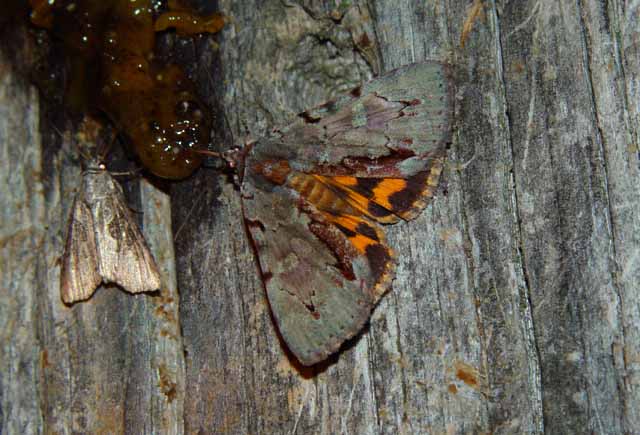 |
This one could put some colour in John Henry's cheeks! |
Well, maybe not these drinking buddies.
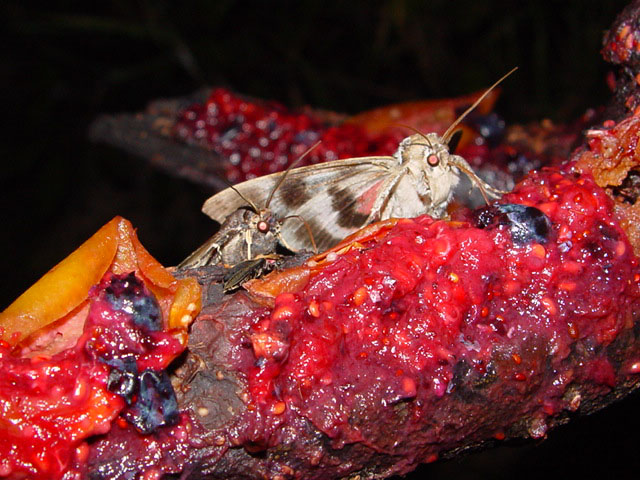
Catocala concumbens and friend enjoying some "brew", September 13, 2004.
Many mammalian house-pets (cats and dogs) have distinctive personalities. I wonder about the moths and butterflies. Will Catocala concumbens and friend gather at the same location tomorrow night and take seats "side by side"? Maybe they're telling butterfly jokes between rounds. Their eyes were red before they started!
One thing is for sure. This next visitor has a mind of his own.
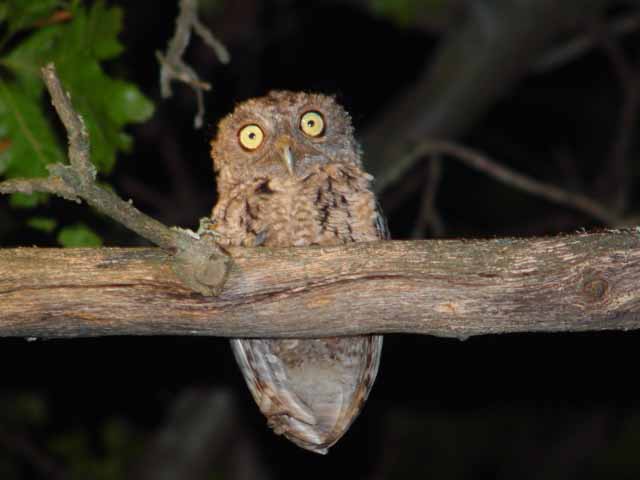
"Now you see me." Screech owl, August 18, 2004.
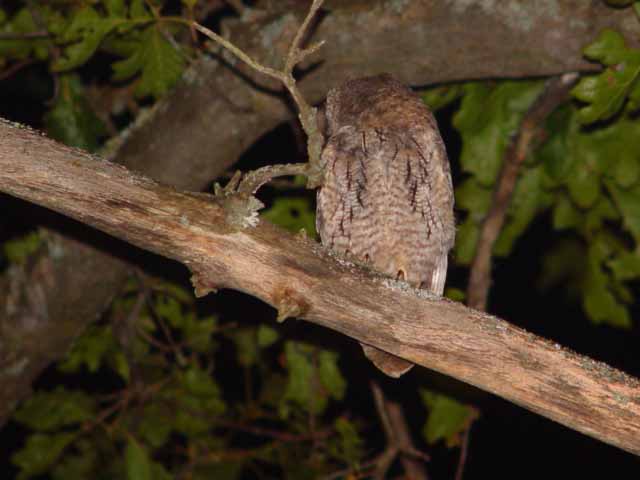
"Now you don't!"
Take a detour for a minute to read my account. You can return to this page by using your browser "Back" buttton.
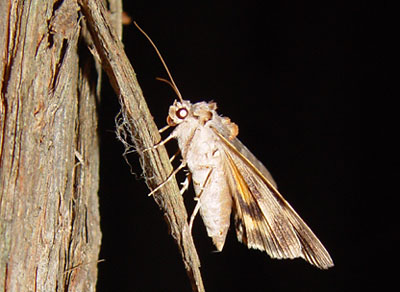 | The proboscis or feeding tube is coiled
below the head when
these moths are not feeding. |